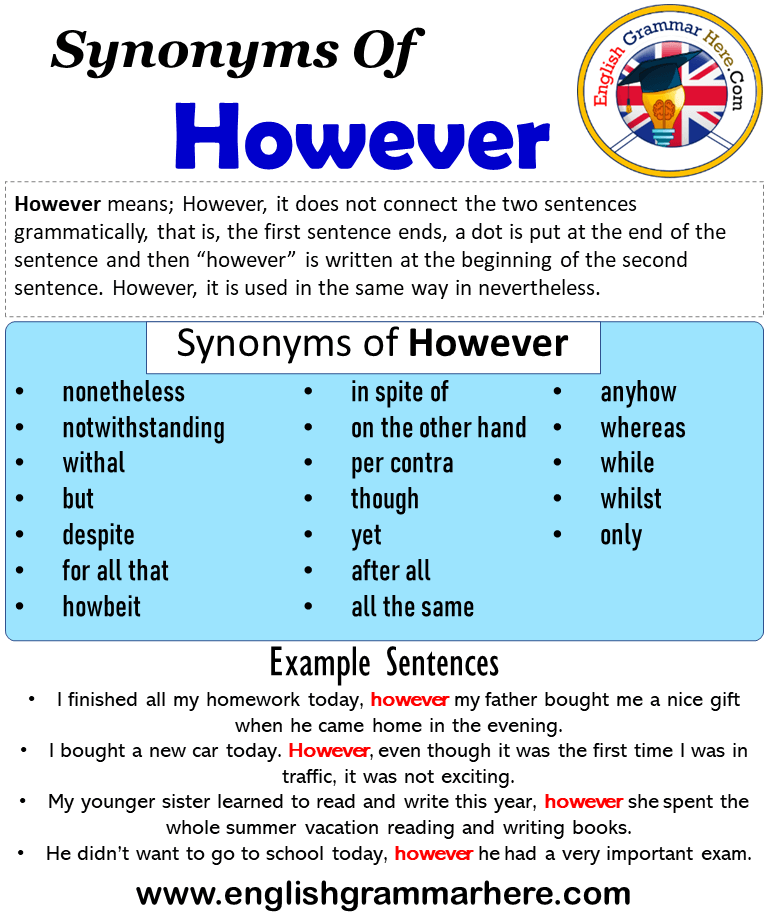

State of the art methods also give full space-time optimizations, are symmetric with respect to image inputs and allow probabilistic similarity measures.
HOWEVER SYN REGISTRATION
These types of images violate the basic assumptions of small deformations and/or simple intensity relationships used in many existing image registration methods.ĭiffeomorphic image registration algorithms hold the promise of being able to deal successfully with both small and large deformation problems. One challenge is reliable performance on non-standard data, as in studies of potentially severe neurodegenerative disorders. While rarely available for large-scale data processing, an expert eye remains valuable for limited labeling tasks that give a basis for algorithmic evaluation.ĭeformable image registration algorithms are capable of functioning effectively in time-sensitive clinical applications and high-throughput environments and are used successfully for automated labeling and measurement research tasks.
HOWEVER SYN MANUAL
A third significant difficulty is the problem of inter-rater variability which limits the reliability of manual labeling. Such labor is both time consuming and expensive to support, while the number of individual experts available for such tasks is limited. The manual approach remains, however, severely limited by the complexity of labeling 256 3 or more voxels. Expert structural measurements from images also provide the gold-standard of anatomical evaluation. Manual, expert delineation of image structures enables in vivo quantification of focal disease effects and serves as the basis for important studies of neurodegeneration. This has prompted MRI studies that look at both the rate and the anatomic distribution of change. MRI studies of individual patients are difficult to interpret because of the wide range of acceptable, age-related atrophy in an older cohort susceptible to dementia.


Because FTD can be challenging to detect clinically, it is important to identify an objective method to support a clinical diagnosis. This study indicates that SyN, with cross-correlation, is a reliable method for normalizing and making anatomical measurements in volumetric MRI of patients and at-risk elderly individuals.įrontotemporal dementia (FTD) prevalence may be higher than previously thought and may rival Alzheimer’s disease (AD) in individuals younger than 65 years. This comparison shows that, of the three methods tested, SyN’s volume measurements are the most strongly correlated with volume measurements gained by expert labeling. We then report the correlation of volumes gained by algorithmic cortical labelings of FTD and control subjects with those gained by the manual rater. The new method compares favorably with both approaches, in particular when the distance between the template brain and the target brain is large. Our evaluation uses gold standard, human cortical segmentation to contrast SyN’s performance with a related elastic method and with the standard ITK implementation of Thirion’s Demons algorithm. We then turn to a careful evaluation of our method. Here, we develop a novel symmetric image normalization method (SyN) for maximizing the cross-correlation within the space of diffeomorphic maps and provide the Euler-Lagrange equations necessary for this optimization. These spatiotemporal signals will aid in discriminating between related diseases, such as frontotemporal dementia (FTD) and Alzheimer’s disease (AD), which manifest themselves in the same at-risk population. Quantifying spatial and longitudinal atrophy patterns is an important component of this process. One of the most challenging problems in modern neuroimaging is detailed characterization of neurodegeneration.


 0 kommentar(er)
0 kommentar(er)
